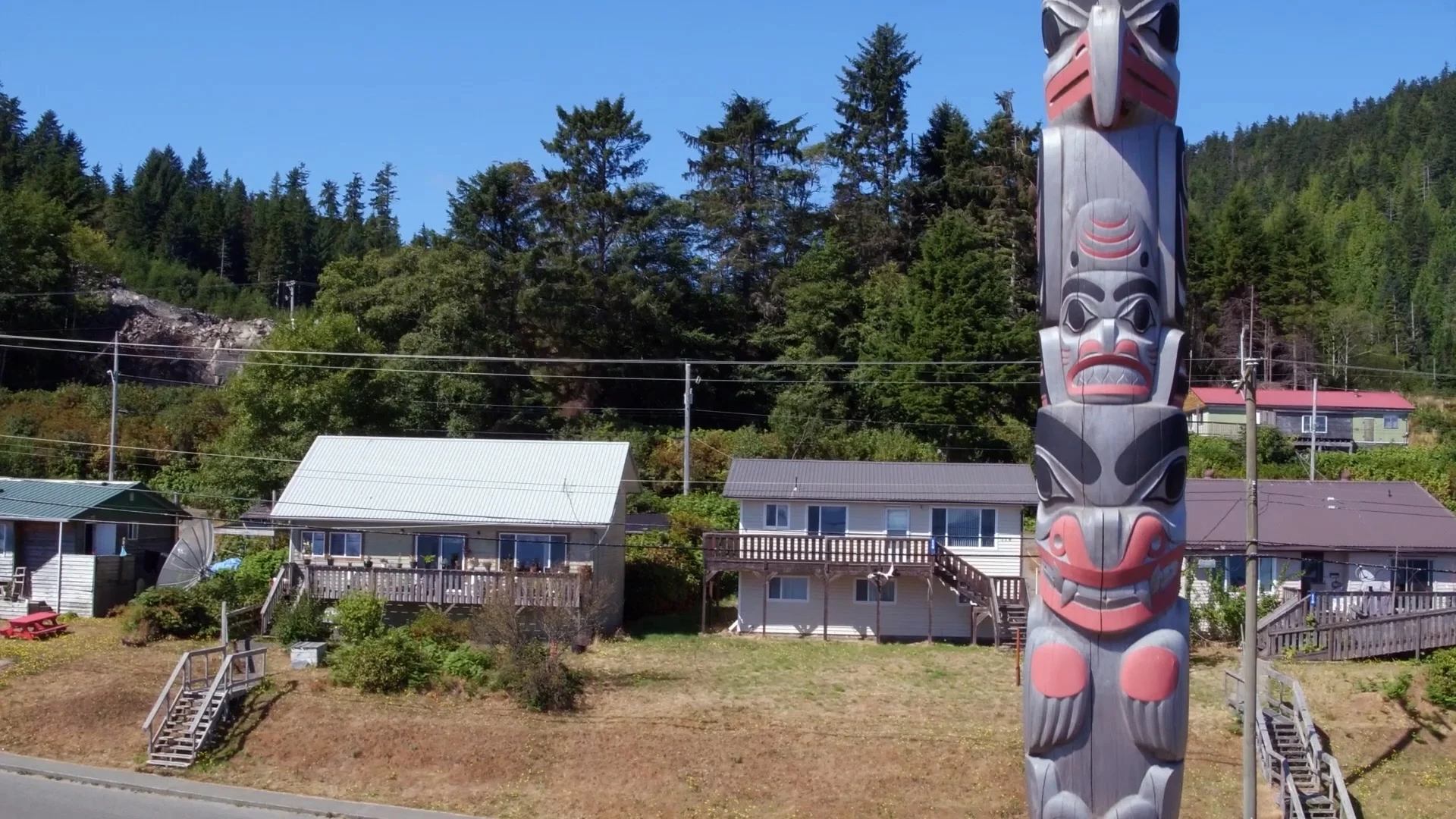
Ocean waves, sunlight could one day replace diesel power in Haida Gwaii
Solar, as well as wave, tidal, and offshore wind energies, are all being considered as alternative energy sources in Haida Gwaii.
Haida Gwaii is an archipelago off the coast of British Columbia and translates to “Islands of the People” in Haida language.
Haida Gwaii is disconnected from the provincial power grid and has historically relied heavily on diesel to meet the islands' energy needs. However, Haida Nation is exploring how sunlight and the surrounding seas could provide power and electricity.

Haida Gwaii, British Columbia. (Power to the People)
Melina Laboucan-Massimo, a leading climate change activist in Canada and the host of Power to the People, flew out to meet young Haida leaders that are working to replace diesel with renewable energies.
A number of solar projects are currently underway. Valine Brown of Haida Nation and her colleagues with the Swiilawiid Sustainability Society created the Project 0% Diesel campaign and have partnered with the old Massett Youth Center and the Skidegate Youth Center to build two solar installations that each generate five kilowatts of energy.
Additionally, Tll Yahda Energy (TYE) — a partnership between Skidegate Band Council, Old Massett Village Council, and the Council of the Haida Nation — is working with BC Hydro on a micro-solar and storage demonstration project. They are currently building a 2MW solar farm for Haida Gwaii's northern grid. The Haida Nation has a goal of transitioning the entire island off diesel by 2030.
Laboucan-Massimo also stopped by the University of Victoria’s West Coast Wave Initiative in Sooke, B.C., to learn more about the potential of wave energy.
Dr. Bryson Robertson, an adjunct professor at the university, says that scientists are extensively exploring the potential for wave, tidal, and offshore wind energies off the Pacific Coast.
“There's no silver bullet that matches everyone. So we've got to create all these different renewables because they're going to match for different people,” said Robertson.

Laboucan-Massimo and Robertson out at sea deploying a research buoy. (Power to the People)
Laboucan-Massimo accompanied Roberston and the research team to deploy a buoy out at sea where it will remain for one year while it sends data back to the university.
On one of the wave-generating devices, the movements of waves lift and release part of the machine, which functions as a pump that generates electricity. The devices are also equipped with solar panels to generate energy when wave heights are less amplified than usual, particularly in the summer months.
Laboucan-Massimo also visited T’aalan Stl’ang, which is a sacred place in Haida Gwaii where solar panels power shelters on the island.

T’aalan Stl’ang, Haida Gwaii, British Columbia. (Power to the People)
“It's all about respect. The solar panels are like a great way of showing respect to our environment,” said Haana Edenshwa, a Haida youth that first visited T’aalan Stl’ang when she was nine years old.
“T’aalan Stl’ang was an amazing opportunity to see exactly how they're not only protecting their homelands, but they're living their culture. And they're also utilizing renewable energy to support that initiative,” said Laboucan-Massimo.
__Watch the video above to learn about the various ways energy from the Sun and ocean could one day provide carbon-free power to Haida Gwaii. __
Thumbnail image: Haida Gwaii, British Columbia (Power to the People)












